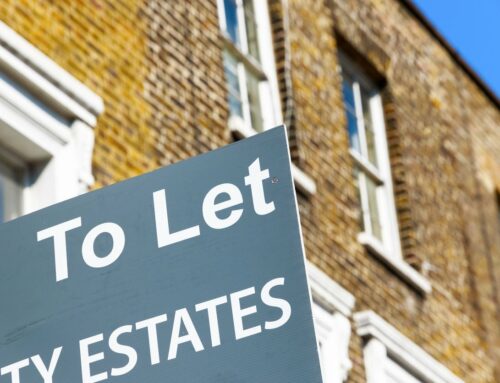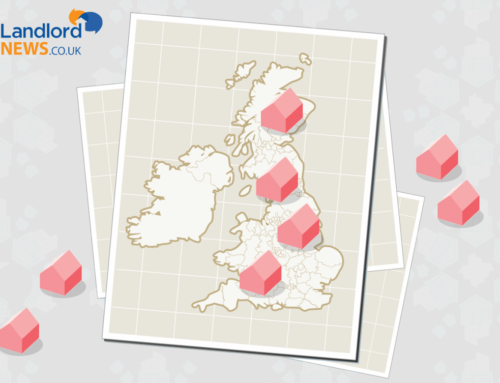This article is an external press release originally published on the Landlord News website, which has now been migrated to the Just Landlords blog.

One of the first policies to come into force under the Conservative Government will be the extension of the Right to Buy scheme.
Margaret Thatcher introduced the system in her Conservative government, allowing council tenants to buy the homes they had previously rented. However, the new Housing Bill, detailed in the Queen’s Speech today, will give housing association tenants the same right.
The Scottish and Welsh governments have rejected the proposals, indicating a difference in attitudes toward publicly owned housing stock in the UK.
Eligibility
Those hoping to take advantage of the scheme must have been tenants for at least three years, the same requirement as council tenants. The Government believes that around 1.3m housing association tenants will be eligible in England.
About 500,000 housing association tenants are already eligible for discounts. The new policy will extend these rights to a further 800,000 tenants and raise discounts.
In Wales, Right to Buy is being abolished completely and in Scotland it will be phased out by August 2016. A separate scheme is in place in Northern Ireland.
Discounts
For those eligible, discounts begin at 35% on a house and 50% on a flat. The maximum available is 70%, but this is capped at £77,900 outside London and £103,900 in the capital. For instance, if someone has been a pubic sector tenant for ten years, they could buy a £100,000 flat for £40,000 using a 60% discount.
Funding
The new Housing Bill will specify that local authorities must sell off their most valuable council homes when they become vacant. The Government believes this could raise £4.5 billion. The councils are then required to build replacement homes with the money raised and the excess will fund Right to Buy. The Government will make up the difference.
The cost
The Government has not revealed what this scheme could cost, but has pledged to refund the discount to the housing association involved.
The National Housing Federation (NHF), representing all UK housing associations, says that Right to Buy for housing association tenants could cost £11.2 billion, if all those eligible actually buy.
The Institute for Fiscal Studies (IFS) thinks that it could cost “billions of pounds” and will “worsen the UK’s underlying public finance position.” The IFS also says the policy will signify a “substantial giveaway” to housing association tenants.1
Social rental sector
The Government says that by selling off housing association homes and requiring replacements to be built, the scheme will effectively double the amount of homes available. It would also increase the number of homeowners in England, which has dropped recently.
However, the NHF argues that since 2012, just 46% of homes sold have been replaced, despite the requirement. Councils, especially in urban areas, are struggling to find enough land to build new homes on.
Right to Buy Introduction
Mrs Thatcher launched Right to Buy in October 1980, and 2.5m council tenants have bought their homes since. The peak was seen in 1982-83, when 167,000 people bought their house, falling to 3,179 in 2009-10. After discounts were raised, sales grew to over 15,000 in 2013-14. The Government hopes this will increase further.
Affordability
The NHF has estimated that 15-35% of housing association tenants eligible for the new scheme will be able to afford a mortgage. This means that 221,000 households could make use of the policy, but if mortgage rates rise as expected, this number would fall.





